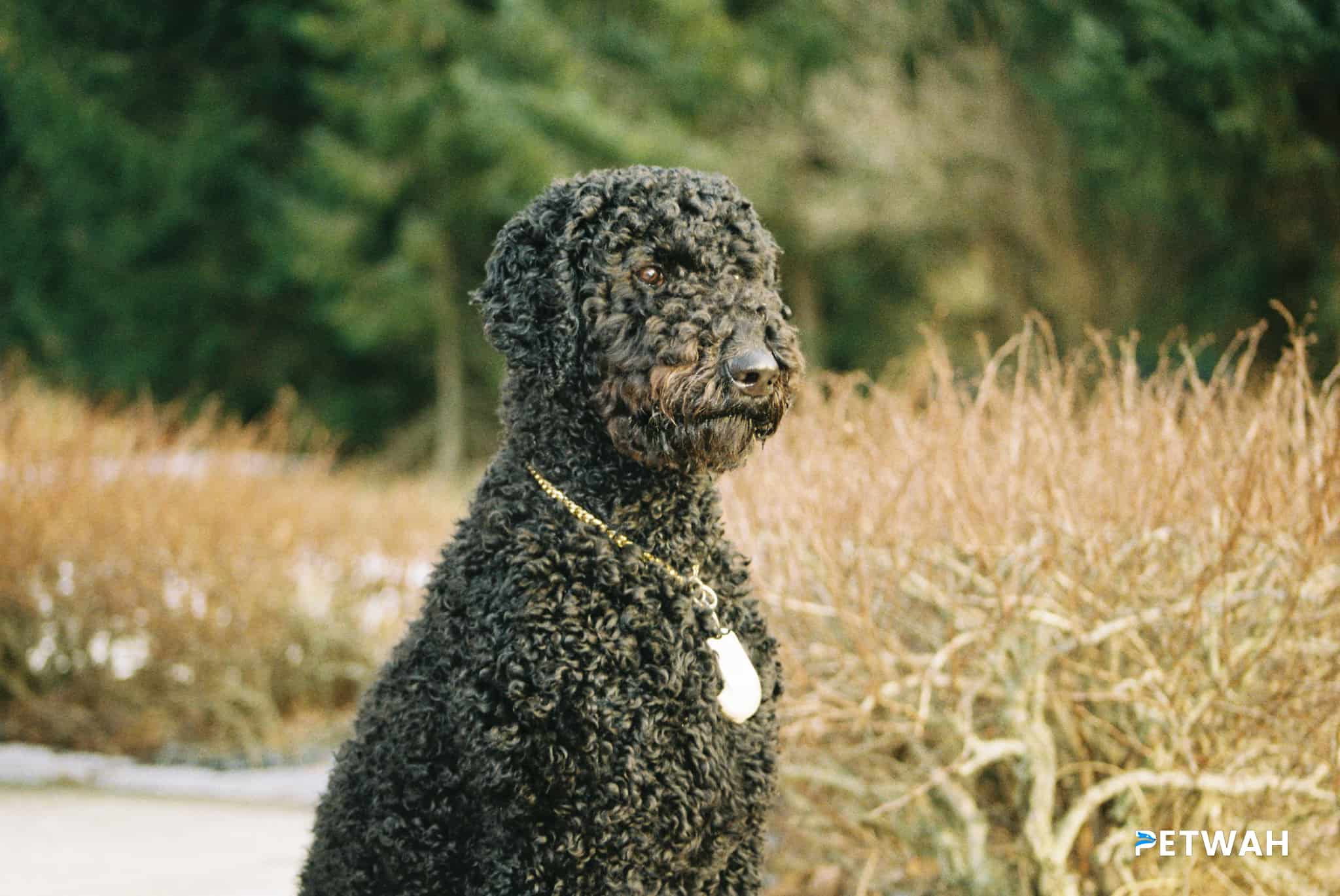If you are a dog owner, you’ve probably noticed your furry friend panting at one point or another. But have you ever wondered why dogs pant? Is it just a way to cool down, or does it signify something more? As it turns out, panting is a crucial method for dogs to regulate their body temperature and communicate their emotions. However, excessive panting could also be a sign of an underlying health issue. In this blog post, we will explore the various reasons why dogs pant and what you can do to ensure your four-legged friend stays healthy and happy.
Unveiling the Mystery: Understanding the Reasons Behind Your Dog’s Panting
If you’re a dog owner, you’ve probably noticed your furry friend panting from time to time. Panting is a natural behavior for dogs, but it can also be a sign of underlying health issues. Understanding the reasons behind your dog’s panting can help you determine whether your pet is healthy or needs medical attention. In this post, we’ll discuss the various reasons why dogs pant and what you can do to keep your pet healthy.
What is Panting?
Panting is a natural way for dogs to regulate their body temperature. Dogs don’t have sweat glands like humans, so panting helps them cool down when they’re hot. Panting is also a way for dogs to release stress and anxiety. When dogs are nervous or excited, they may pant as a way to calm themselves down.
Reasons Behind Panting
1. Heat regulation
As mentioned earlier, panting is a natural way for dogs to cool down. Dogs do not sweat like humans, so they pant to release excess heat from their bodies. When dogs pant, they inhale cool air and exhale hot air, which helps lower their body temperature.
2. Excitement or Anxiety
Dogs may also pant when they’re excited or anxious. This behavior is often accompanied by other signs of excitement, such as wagging tails, jumping, or barking. Panting is a way for dogs to release their pent-up energy and calm themselves down.
3. Pain
Dogs may pant as a sign of pain. If your dog is panting excessively and showing signs of discomfort, it’s important to take them to the vet. Your dog may be experiencing pain due to an injury or illness.
4. Illness
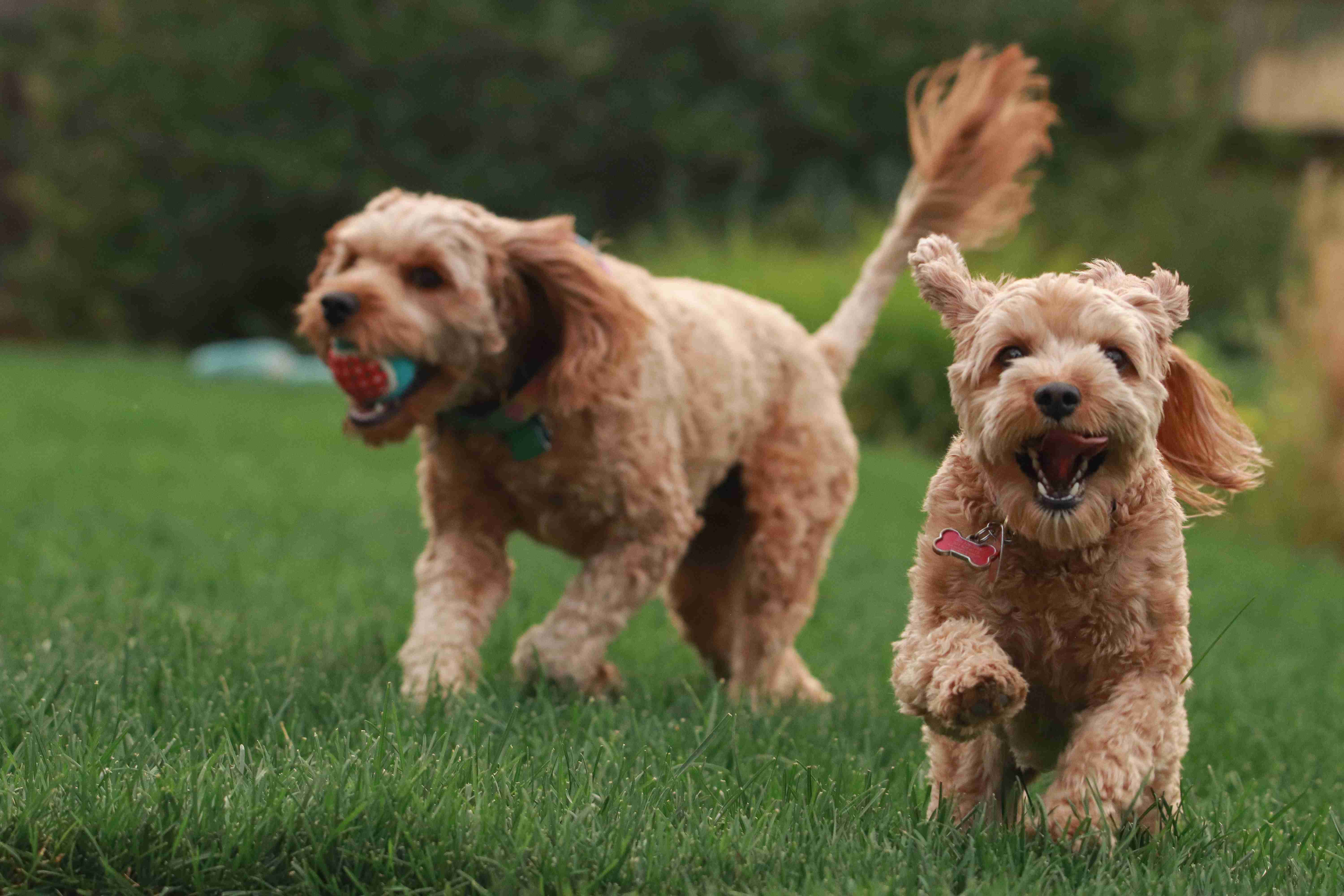
Panting can also be a sign of underlying health issues. Some medical conditions that may cause panting in dogs include heart disease, respiratory issues, and metabolic disorders. If your dog is panting excessively and showing signs of lethargy or loss of appetite, it’s important to take them to the vet for diagnosis.
5. Medications
Some medications can cause panting in dogs. If your pet has recently started a new medication and is panting excessively, it’s important to speak to your vet. Your vet may be able to adjust the dosage or switch to a different medication to reduce the side effects.
What to Do If Your Dog is Panting Excessively
If your dog is panting excessively, it’s important to take action. Here are some steps you can take to help your pet:
1. Check the Temperature
If your dog is panting due to heat, move them to a cooler location. Provide plenty of water and a cool place to rest.
2. Calm Your Dog Down
If your dog is panting due to anxiety or excitement, try to calm them down. Speak to your pet in a soothing voice and provide a safe, quiet space for them to relax.
3. Visit the Vet
If your dog is panting excessively and showing signs of discomfort, it’s important to take them to the vet. Your vet can diagnose any underlying health issues and provide the necessary treatment.
Conclusion
Panting is a natural behavior for dogs, but it can also be a sign of underlying health issues. Understanding the reasons behind your dog’s panting can help you determine whether your pet is healthy or needs medical attention. If your dog is panting excessively, it’s important to take action to help them. By providing a cool, calming environment and visiting the vet if necessary, you can keep your furry friend healthy and happy.
In conclusion, panting is a natural behavior in dogs and is an essential way for them to regulate their body temperature, communicate their emotions, and even indicate health problems. As a responsible dog owner, it’s your responsibility to monitor your dog’s panting patterns and understand the underlying reasons behind it. By doing so, you can help keep your furry friend healthy, happy, and comfortable in any situation. So, next time you see your dog panting, pay attention to the context, and try to understand what message they are trying to convey.


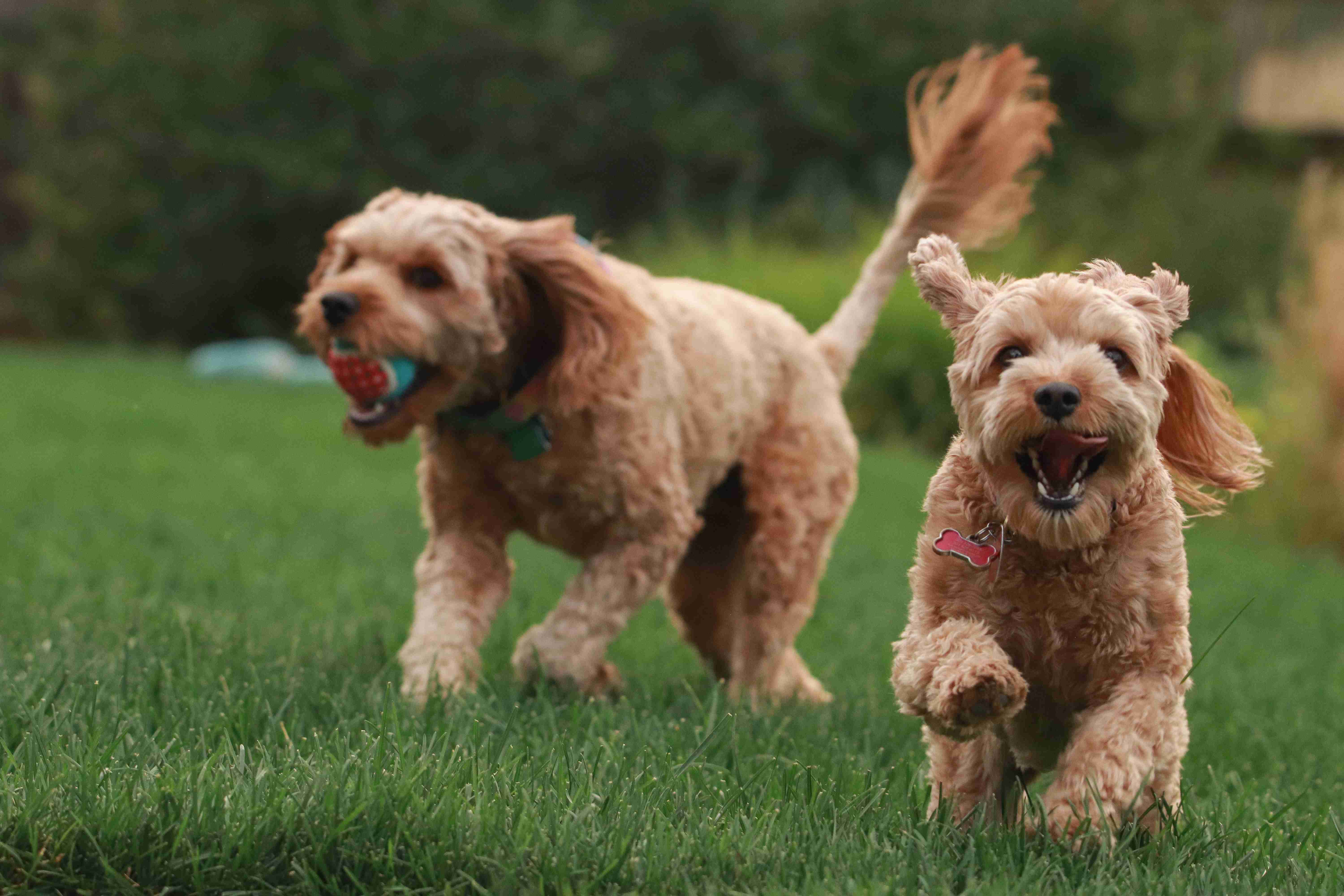
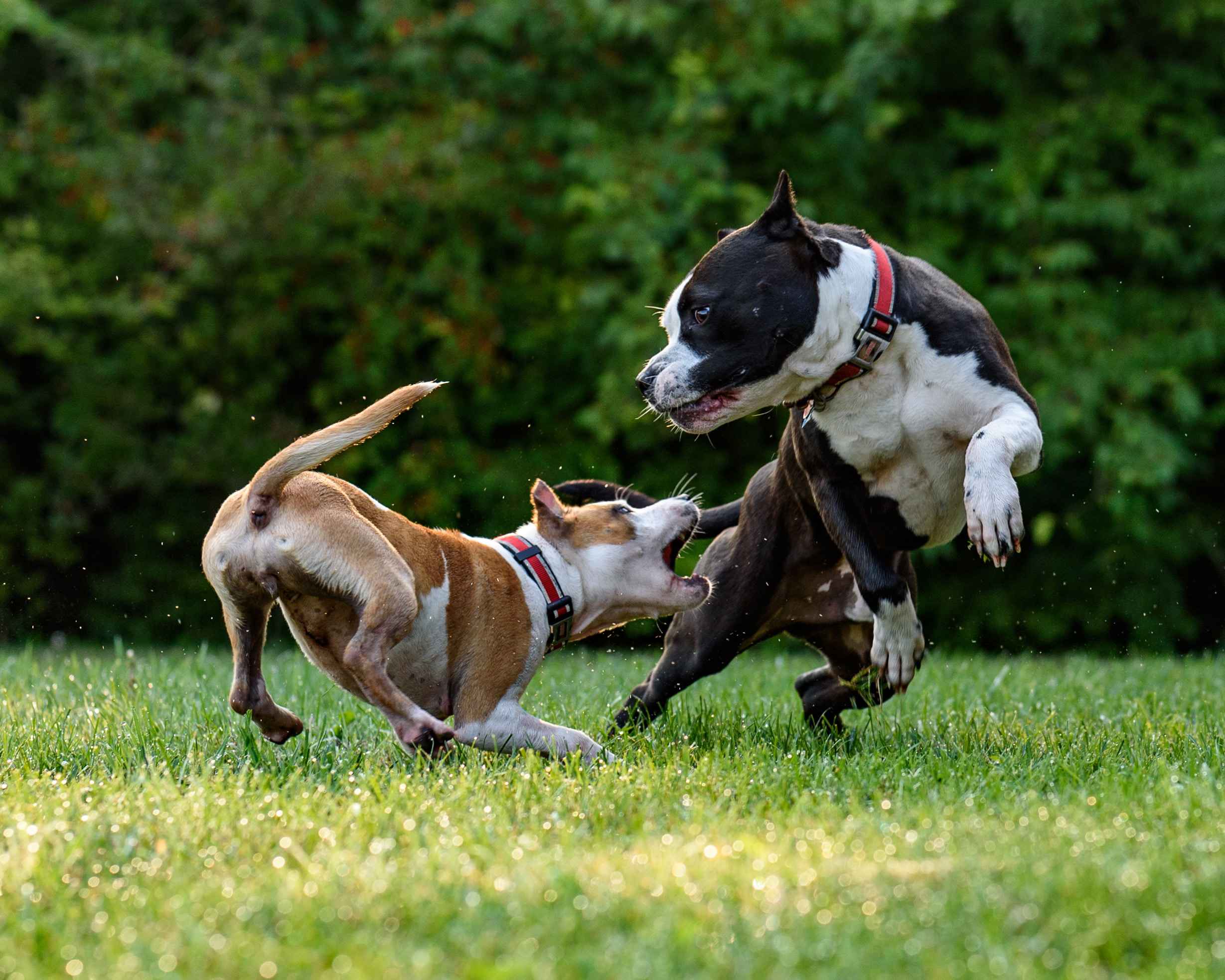
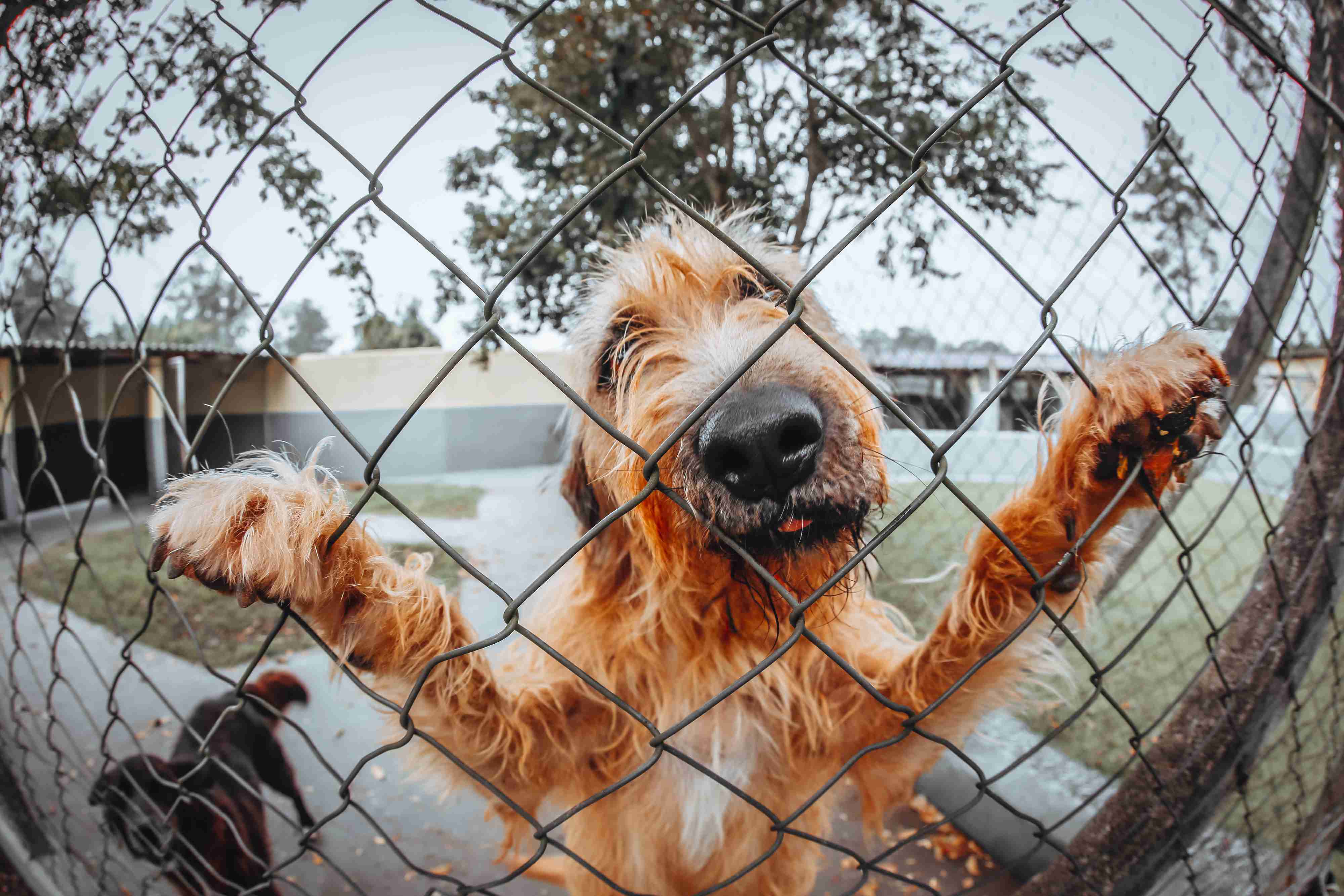
%20-%20Copy.jpg)
.jpg)
